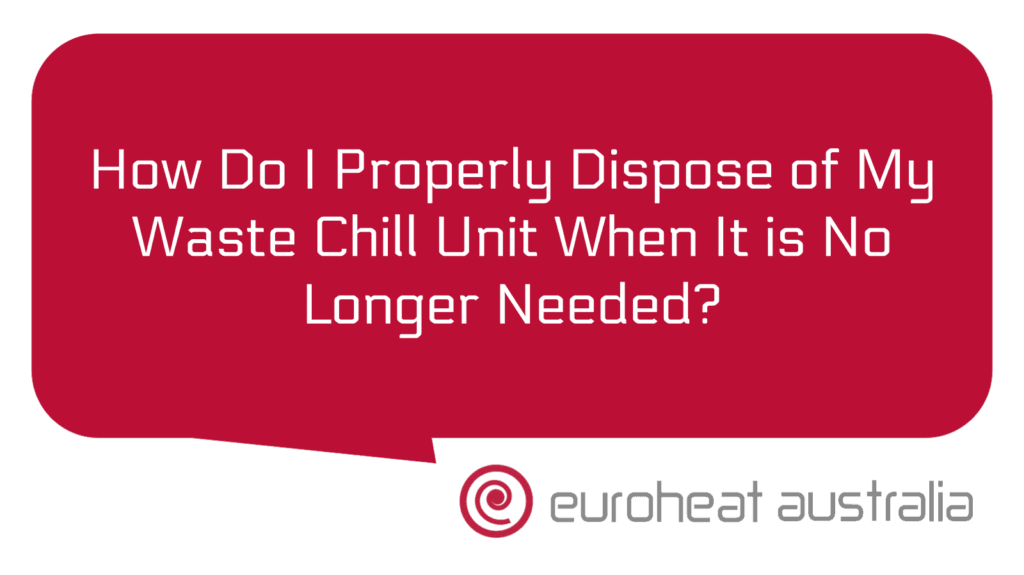Choosing the right energy source for your hydronic underfloor heating system can be a daunting task. With so many options available, it can be difficult to know which one is right for you. But with a bit of research and preparation, selecting the right energy source for your hydronic underfloor heating system doesn’t have to be a chore.
When it comes to hydronic underfloor heating systems, there are two main types of energy sources available: electricity and gas. Each has its own advantages and disadvantages that you will need to consider before making your decision.
Electricity is one of the most popular energy sources for hydronic underfloor heating systems. It’s relatively easy to install and offers efficient operation with low running costs. Plus, electricity-powered systems are often smaller in size than other types of heating systems so they can fit into tighter spaces in your home or business. However, it’s important to remember that electricity costs more in terms of installation compared to other energy sources such as gas.
Gas is another popular energy source for hydronic underfloor heating systems. Gas-powered systems offer increased efficiency compared to electric systems and they tend to cost less over time due to lower running costs than electricity-powered systems. They also require less maintenance compared to electrical systems and can often provide heat more quickly than other types of heating systems too. One downside of gas-powered hydronic underfloor heating systems is that they require more complex installation procedures than electric models, which may increase the overall cost of installation.
When choosing an energy source for your hydronic underfloor heating system, it’s important to take into account both its upfront costs and long-term running costs too. To help make this decision easier, you should use an online calculator such as the Euroheat Australia Design & Installation Cost Calculator which can help you compare different types of energy sources side by side so you can make an informed decision about what is best for you and your budget.
Whichever type of energy source you choose for your hydronic underfloor heating system – electric or gas – there are several other factors that need to be taken into consideration when designing your system. These include the size of the area being heated; the type of flooring used; insulation; climate control; ventilation requirements; safety measures; and any additional features that may need adding such as zoning or programmable thermostats etc.. It’s important that all these elements are taken into account when designing a fully optimised system so that it works efficiently and cost effectively over time.
That’s where experienced engineers & installers like Euroheat Australia come in handy – their team have 30 years’ experience creating bespoke solutions tailored towards clients’ specific needs & budgets using leading technology & designs from Europe & North America The team have built up a long list of satisfied customers who have experienced substantial savings on their energy bills thanks to their innovative designs & installations – not only when building new homes but also when replacing existing inefficient hot water or air conditioning units with new state-of-the-art solutions featuring advanced controls & automated settings So if you’re looking for an experienced team who understand all aspects of designing & installing efficient hydronic underfloor heating – contact Euroheat Australia today!





